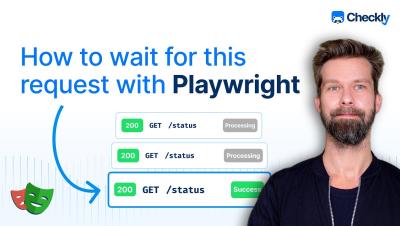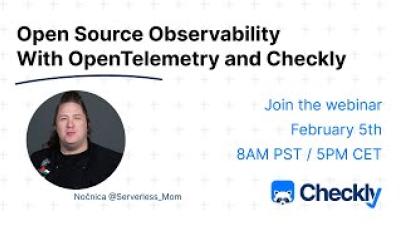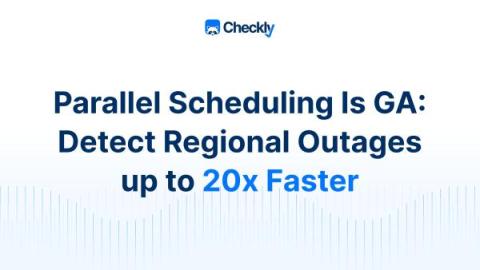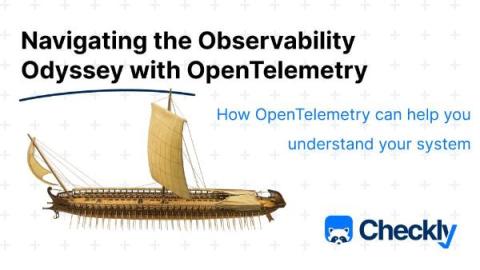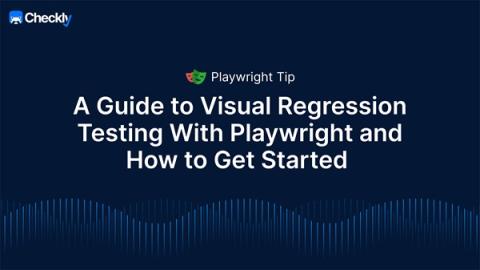How Often Should You Ping Your Site?
How often should you ping your site? Should you be checking every few minutes, or every hour? Surely you have other ways to detect problems, so maybe just a daily check of your API and main page would be enough, right? While there’s no single right answer for everyone, this post tries to break down how you can find the right cadence for your site checks.




